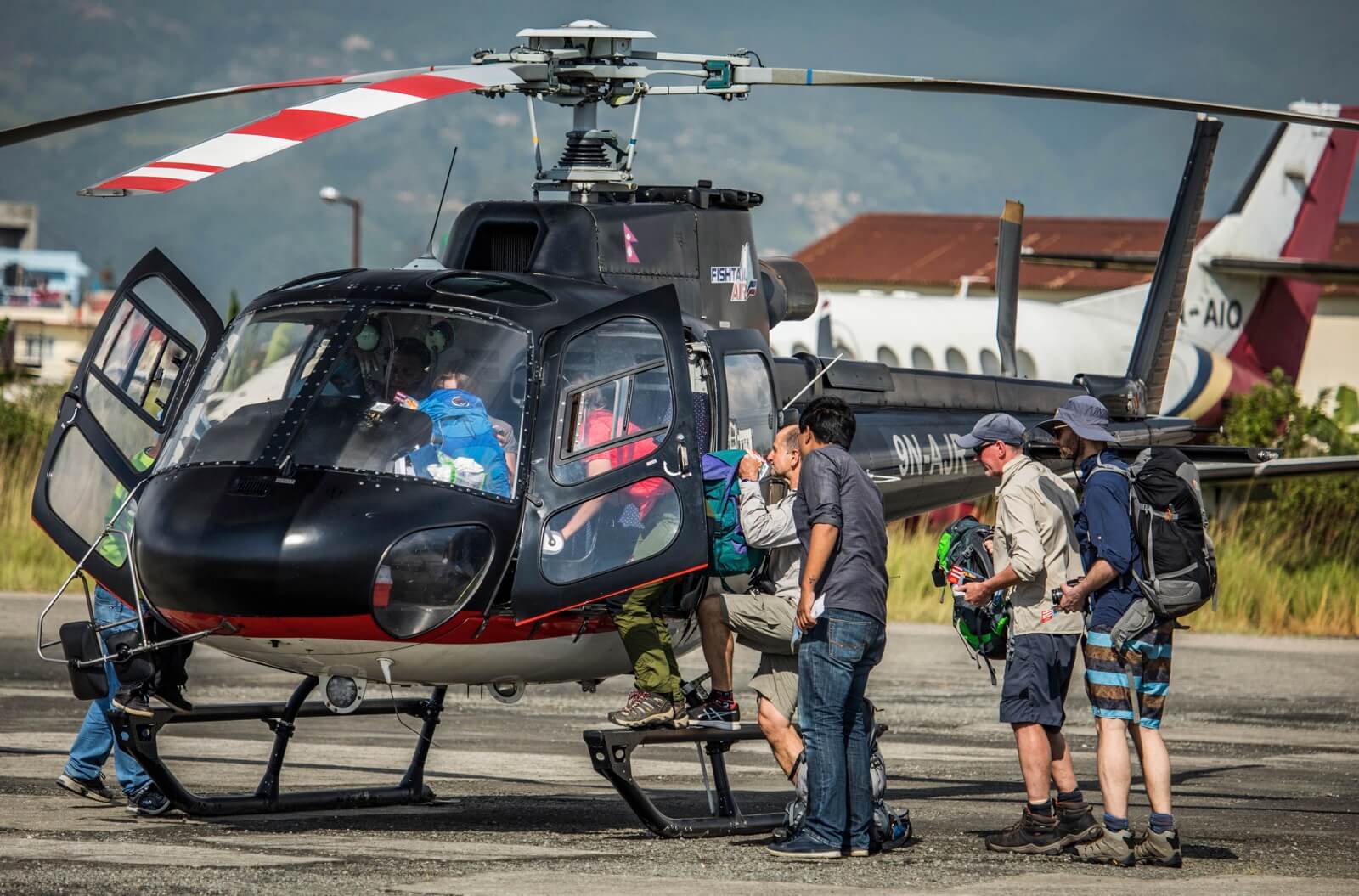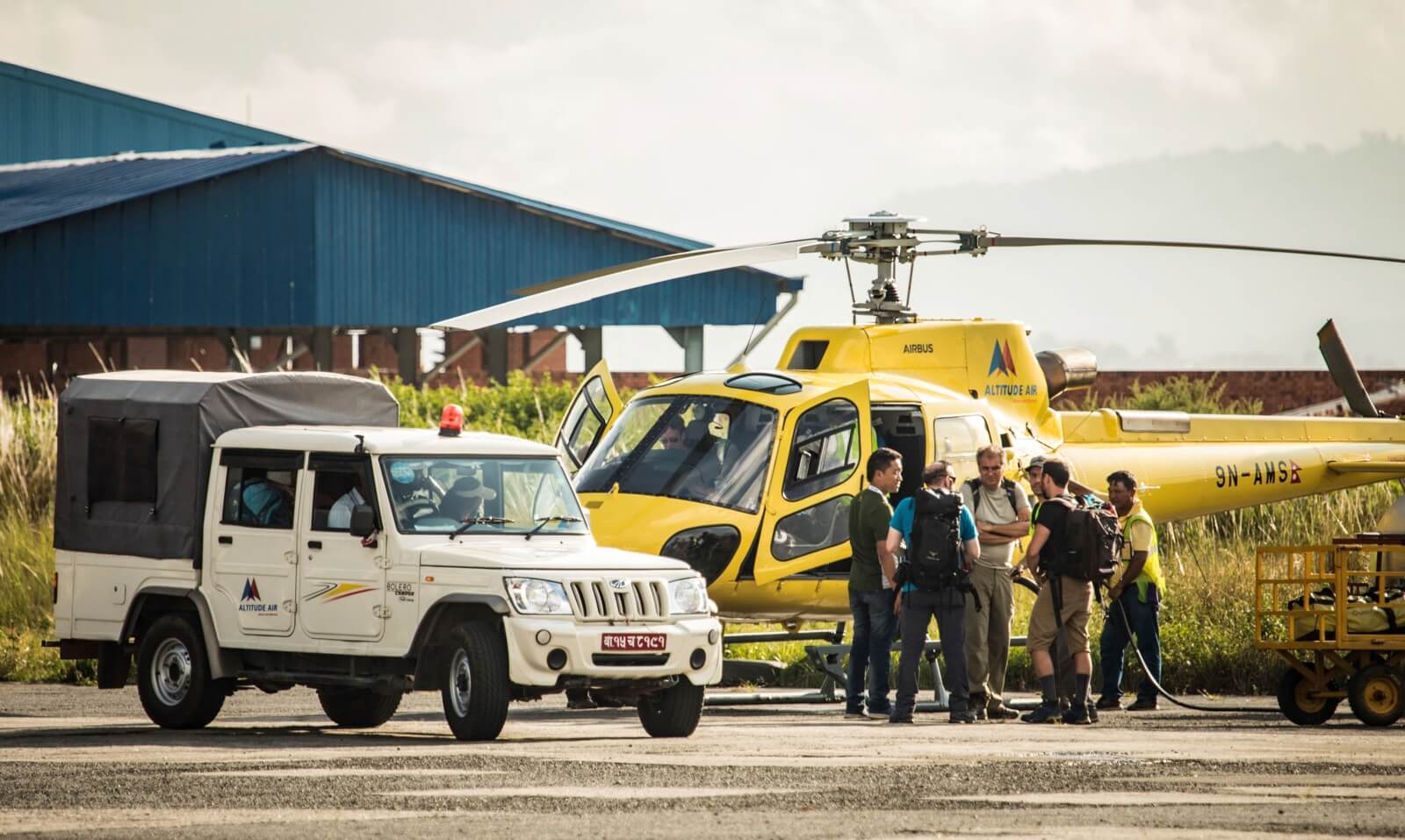Editor’s Note: Vertical recently visited Nepal to report on that country’s civil helicopter industry, which you can read more about in a future issue of the magazine. In the meantime, we’ve teamed up with Airbus Helicopters to bring you exclusive bonus content from Nepal, here and on social media. Find more at verticalmag.com/nepal and on Instagram @verticalmag and @airbus_helicopters.
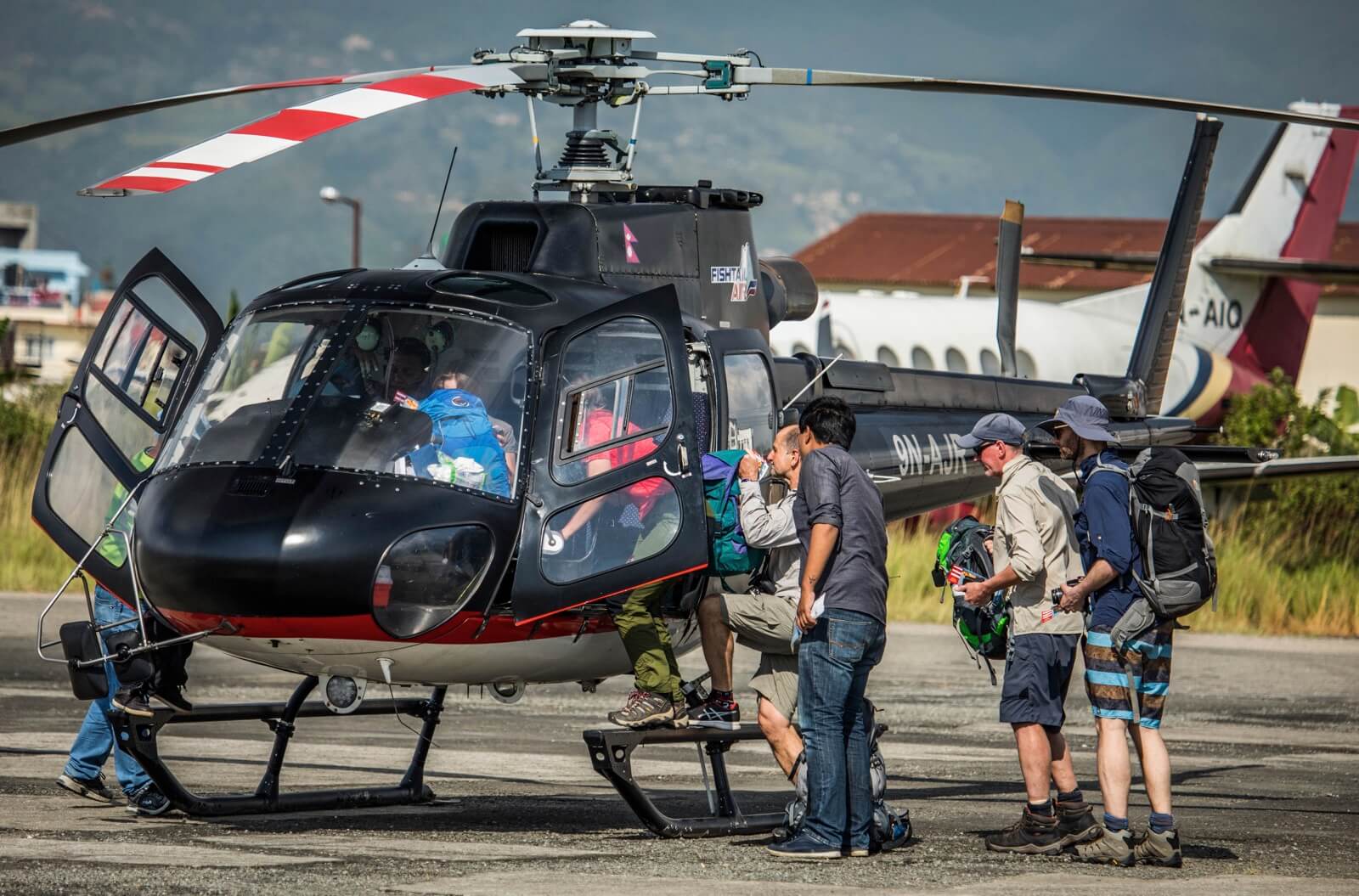
Located east of Kathmandu in the rugged mountains of Nepal’s Khumbu region, the small town of Lukla serves as the jumping-off point for most Everest climbing and trekking. Whether they’re planning a scenic trek to base camp or an ambitious climb to the summit, Everest hopefuls will typically take a short takeoff and landing (STOL) plane into Lukla’s Tenzing-Hillary Airport — elevation approximately 9,335 feet (2,845 meters) — then start walking towards the highest point on Earth at a rate that allows them to acclimatize to the increasingly thin air.
But the weather in Lukla can be iffy, and the steeply rising terrain at the end of its notoriously short runway doesn’t allow for an instrument approach. When clouds prevent the STOL planes from landing, helicopters can sometimes make it into Lukla by approaching the mountain airport through a series of narrow valleys below. For trekkers who are pressed for time, a helicopter charter can mean the difference between the experience of a lifetime and lifelong disappointment.
Such was the case in early October, when lingering monsoon weather led to dozens of STOL flight cancellations at the start of the fall trekking season (one of the most popular tourist times in Nepal, along with the spring climbing season). With hundreds of trekkers anxious to make it to Lukla, the helicopter ramp at Kathmandu’s Tribhuvan International Airport was buzzing each day from sunup to late afternoon — illustrating why Nepal’s helicopters are some of the busiest in the world.
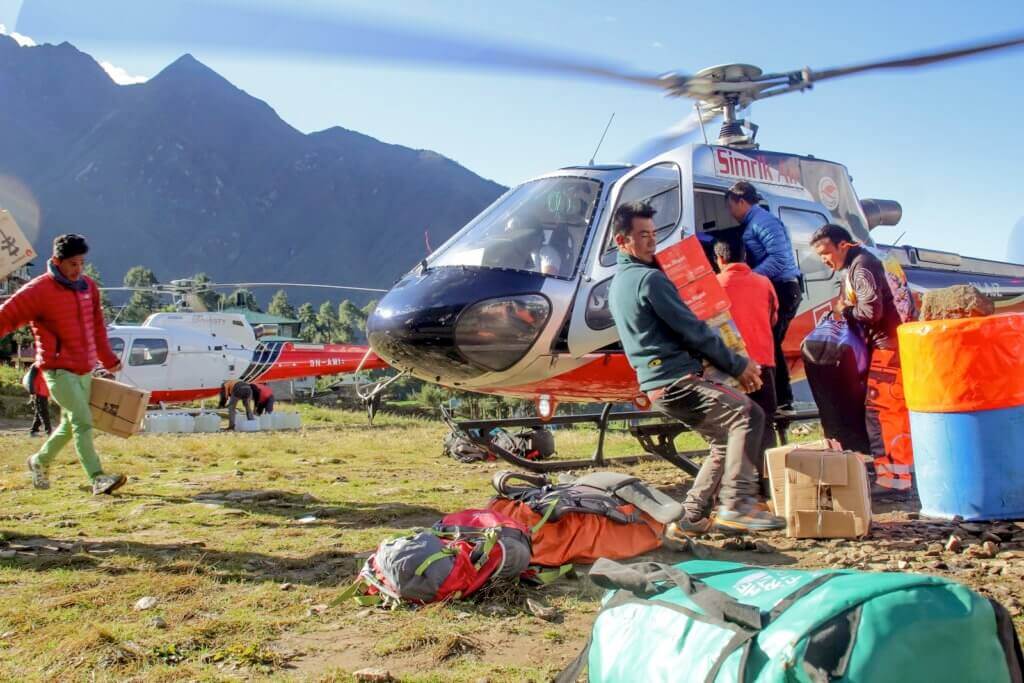
“In Nepal, the number of hours per helicopter [per year] is close to what we see in oil-and-gas,” said Francois Bazin, head of Sales, Support and Marketing for Airbus Helicopters India. “They’re flying sometimes up to 1,000 hours per machine . . . Considering that they are not flying all year long, but maybe six to eight months [out of the year], this is a stunning number which requires stunning people; stunning pilots and stunning engineers.”
Among original equipment manufacturers, Airbus Helicopters has unique insight into Nepal’s civil helicopter market because it dominates that market so completely. According to Bazin, close to 85 percent of the light single-engine helicopters in Nepal are Airbus products. Most of those aircraft are the latest evolution of the AS350 series: the AS350 B3e, now known as the H125.
While passenger shuttles such as the ones to and from Lukla account for a fair amount of business, rescue flights are now a primary driver of Nepal’s civil helicopter industry, and the main reason for its recent growth. Some of these are dramatic rescues of climbers at exceptionally high altitudes of 21,000 feet or above. A larger number are routine evacuations of trekkers with altitude sickness, but even these flights typically take place at elevations of 12,000 to 17,000 feet — well above where most pilots have ever landed.
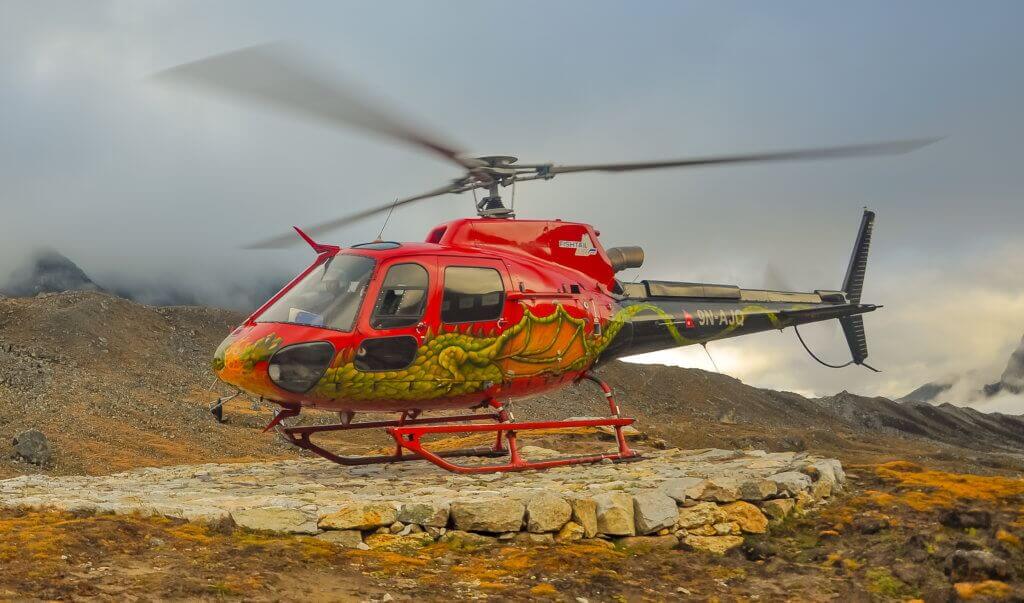
“Altitude is one thing, but it’s also a really hot country,” Bazin pointed out. “Even at 10,000 feet, sometimes you have a temperature of 20 or 30 degrees [Celsius]. So for a helicopter it is extremely demanding to fly in these conditions.
“We are fortunate at Airbus Helicopters to have the H125, which is the only helicopter capable of achieving the missions they are doing, especially when you talk about missions above [Everest] Base Camp. So we have a fantastic aircraft, and that’s the reason why over the past five or six years we have delivered 20 H125s [into the country].”
Although AS350 series helicopters have been flying in Nepal for a number of years, the first H125 was delivered there in 2012. In that brief time, customers including the Nepalese Army, Shree Airlines, Simrik Air, Fishtail Air, Air Dynasty, Heli Everest, Mountain Helicopters, Altitude Air, and Manang Air have collectively logged more than 50,000 flying hours with their combined H125 fleet — a milestone that was recognized by Airbus at Rotorcraft Asia earlier this year.
Moreover, according to Bazin, the market continues to grow. “This year we have signed a couple of contracts, and we expect we’ll have more than 30 H125s flying in the country by 2025,” he said. “So it’s a growing market, mainly driven by the growing number of tourists.”
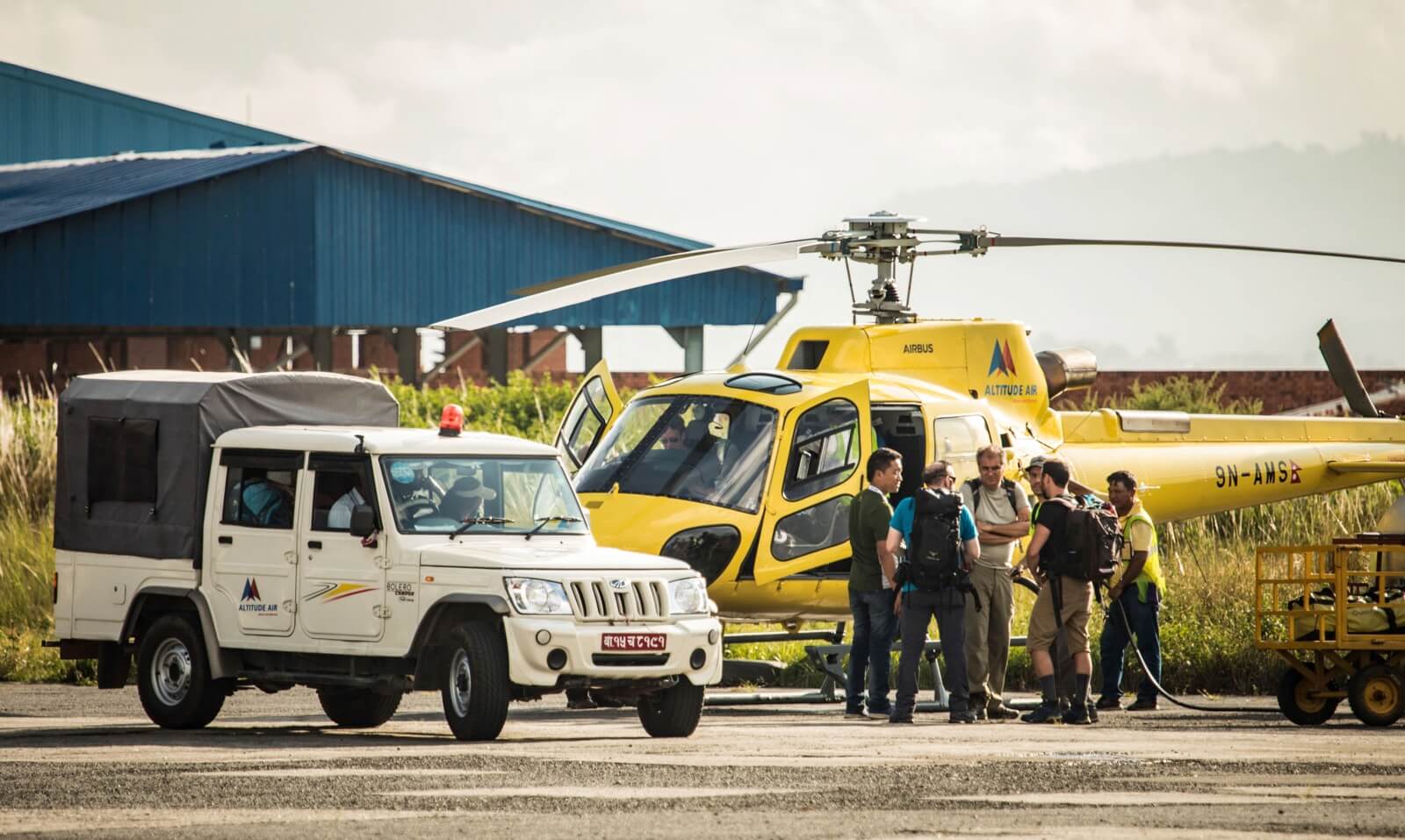
The high tempo of operations, combined with Nepal’s difficult and remote operating environments, pose considerable challenges from a support perspective. Bazin said that Airbus continues to invest to improve its support in Nepal, which is “really a key market for us.”
One way in which Airbus is enhancing its support is through its new HCare service offer, which provides a full material management service backed by a parts availability commitment. Fishtail Air became the first operator in Nepal to cover its H125s under HCare in June of this year, and was recently followed by Simrik Air. Airbus expects to see more operators follow suit.
“Our aim in the medium term is to have most of the fleet covered by HCare Smart contracts,” said Loïc Verite, Airbus Helicopters head of MRO Component Asia Pacific. “It’s a win-win situation. On the one hand it is giving really good availability for the customer, and it is also ensuring really good safety, which is a big concern on our side.”
Airbus also launched a safety seminar and dedicated operators safety road show in Nepal this year. Bazin said the company continues to explore ways to develop training opportunities for its Nepalese customers, with the goal of offering as much support as possible for operators who are engaged in “the most demanding operations that you can find.”
“The Nepalese aviation community, managing to achieve what they are achieving in the country, is amazing,” he said. “And it has to be stressed a lot. They have really experienced pilots, really experienced engineers.”






